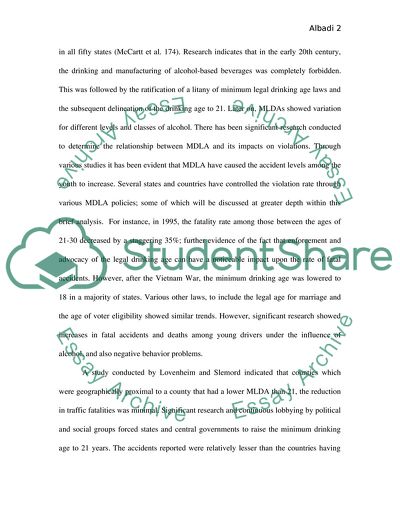Cite this document
(Minimum Legal Drinking Age Research Paper Example | Topics and Well Written Essays - 2500 words, n.d.)
Minimum Legal Drinking Age Research Paper Example | Topics and Well Written Essays - 2500 words. Retrieved from https://studentshare.org/social-science/1803370-drinking-age
Minimum Legal Drinking Age Research Paper Example | Topics and Well Written Essays - 2500 words. Retrieved from https://studentshare.org/social-science/1803370-drinking-age
(Minimum Legal Drinking Age Research Paper Example | Topics and Well Written Essays - 2500 Words)
Minimum Legal Drinking Age Research Paper Example | Topics and Well Written Essays - 2500 Words. https://studentshare.org/social-science/1803370-drinking-age.
Minimum Legal Drinking Age Research Paper Example | Topics and Well Written Essays - 2500 Words. https://studentshare.org/social-science/1803370-drinking-age.
“Minimum Legal Drinking Age Research Paper Example | Topics and Well Written Essays - 2500 Words”, n.d. https://studentshare.org/social-science/1803370-drinking-age.


